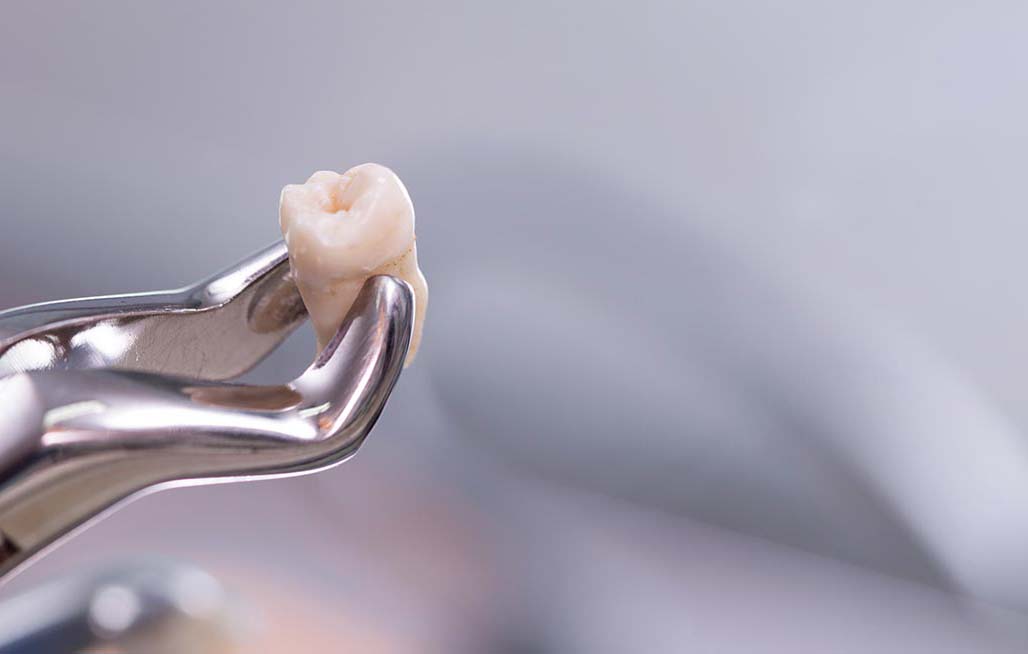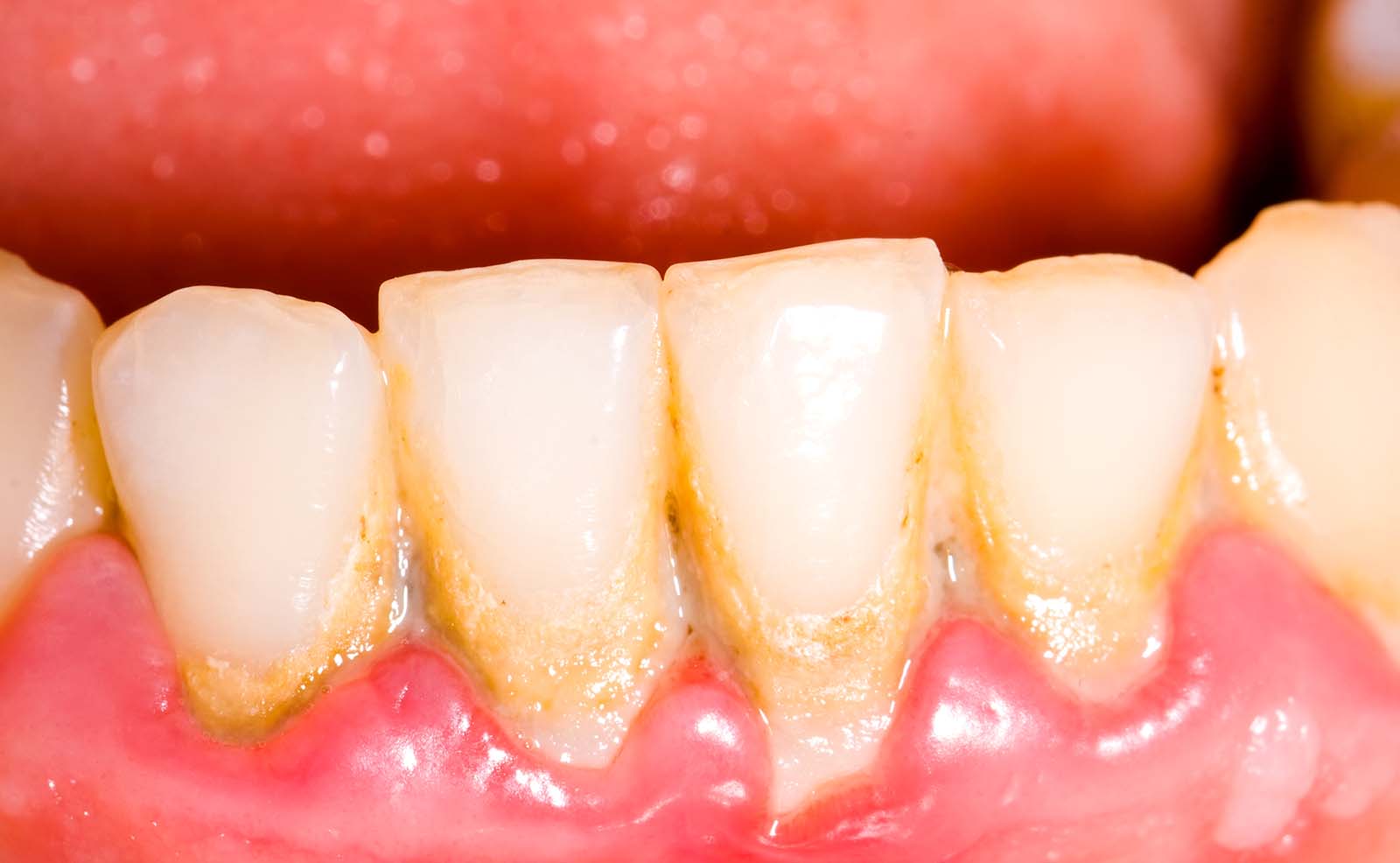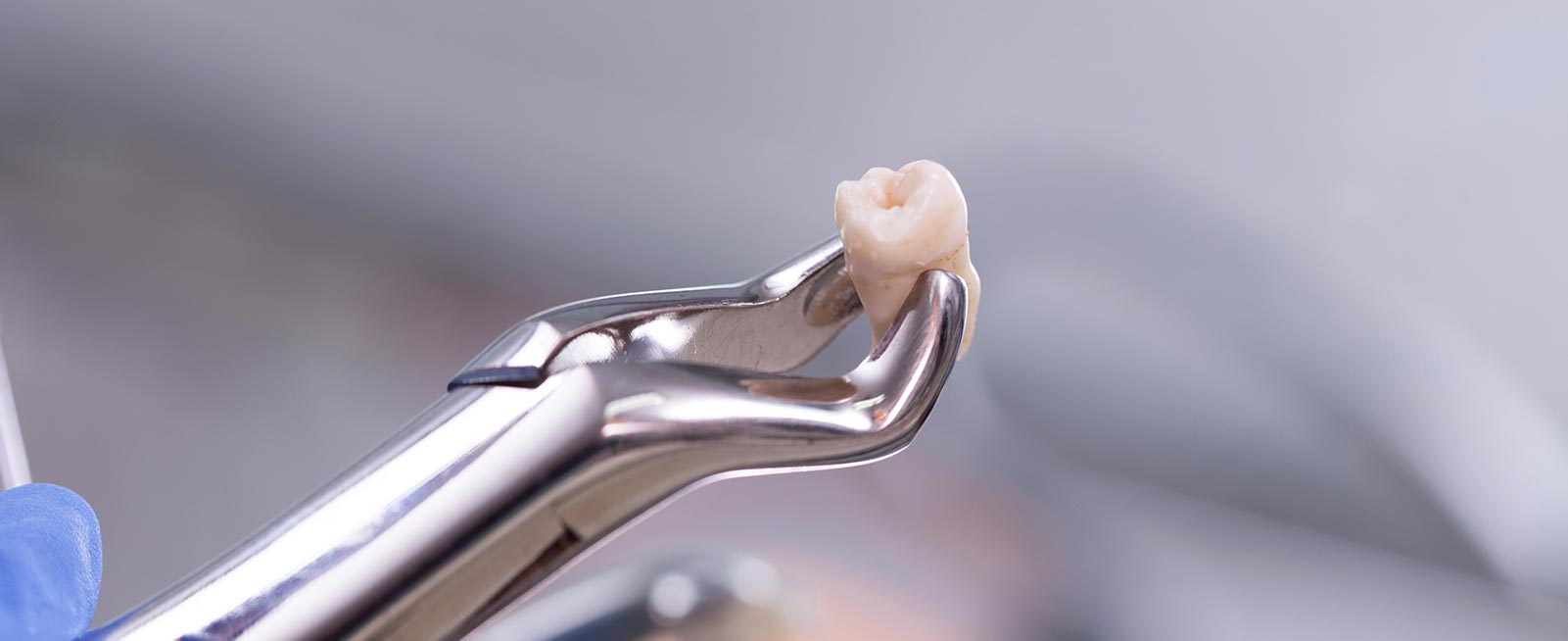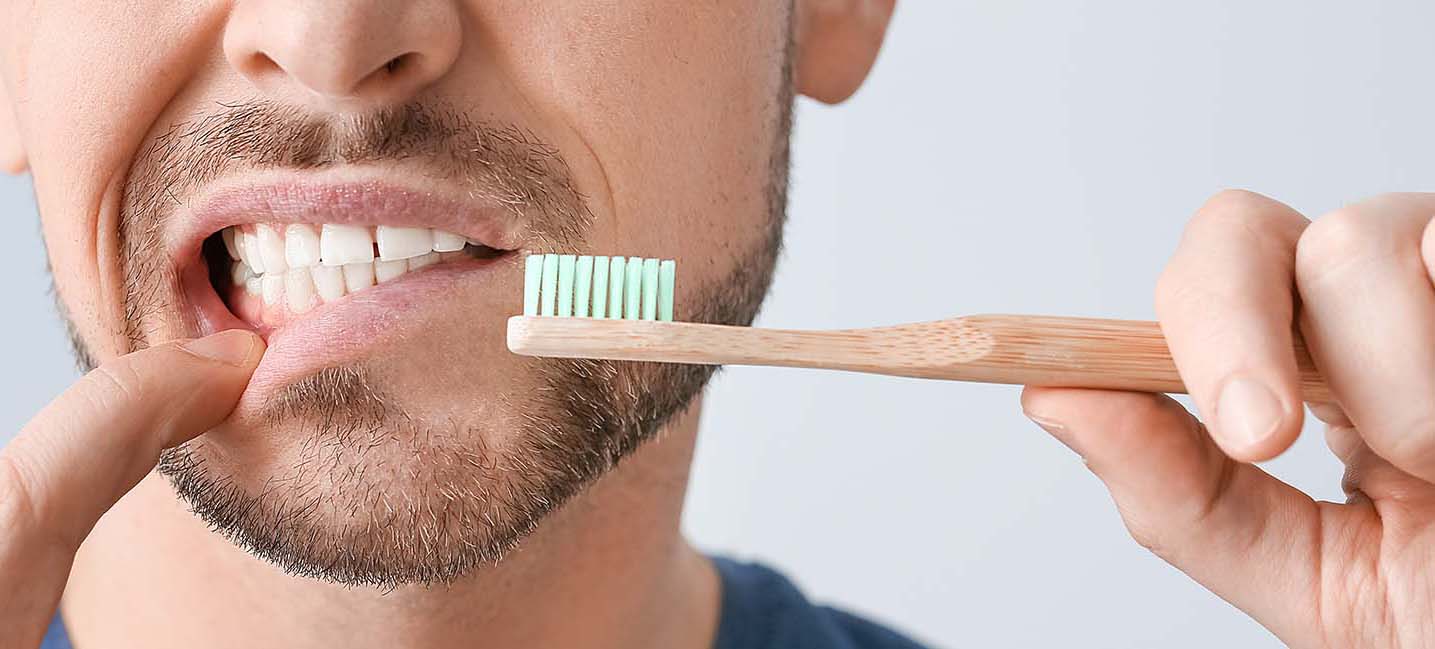Everyone has heard of a root canal. For most people, it is the reason they don’t enjoy going to the dentist. A root canal is a minimally invasive procedure that removes bacteria from the pulp of the infected tooth. If you have a cavity, usually your dentist will suggest a root canal, so they can remove the bacteria and the decay while still keeping the natural tooth.
Having a damaged or decaying tooth in your mouth can cause so many other problems, it is best to get the procedure done as soon as possible. During a root canal, your dentist will numb gum around the tooth. Then they drill into the tooth to remove the damaged pulp. Once sure that all the infection has been removed, the tooth is filled and sealed. The tooth should look just like the rest of your teeth.
Just like with any procedure, there is always a chance that it will fail. This doesn’t happen often, but it can, and for many reasons.
Why Root Canal May Fail:
- Coronal Seal– Once the root canal is finished, a seal protects the coronal part of your tooth. The coronal area is just above the gumline. If the seal is done incorrectly, bacteria could get back into the tooth. The tooth will get infected again, and the damage might be worse than before.
- Canal Not Cleaned Properly– In order for the root canal to be effective, all the decay needs to be removed. This can be a bit complicated because each tooth has a canal system full of twists and turns. Because the canal is complicated, all of the decay can be difficult to find. If not found, the decay will spread throughout the tooth.
- New Trauma– If the tooth is reinjured, bacteria could enter the tooth again. For example, if you chip that tooth, bacteria could get inside of it and cause further damage.
- Crown Problems– Two things can happen with the crown that could result in root canal failure. If the crown is damaged, bacteria could get back into the tooth and cause more damage.
Some root canals will need a crown after the procedure is done. If there is a long wait between the finished root canal and when the crown is put in the tooth, there could be further damage. Without the crown, bacteria could get into the tooth and cause more damage.
Root Canal Failure Symptoms
If you have had a root canal, there are signs that it has or might be failing. If you start feeling the following in or around the tooth where you got a root canal, it could mean the procedure failed.
- Sensitivity
- Discharge
- Boil in your jaw
- Pain
- Swelling
- Sinus Problems
If you find yourself having any of these symptoms, then you need to go to your dentist. A root canal retreatment is done to treat the tooth and rid it of any bacteria and infection. The dentist gives you a numbing agent, removes the crown, and opens up the tooth again. Then they take out the filling and clean the tooth canal.
It is best to get to the dentist as soon as you think there is something wrong. The longer you wait, the more bacteria can get inside your tooth and cause more decay and damage. After the clean the canals, they are then filled and sealed, and then a temporary filling is set into the tooth. This temporary filling is put inside the tooth to stop any bacteria from getting back into the tooth. But the filling is only temporary. You are going to have to go back to the dentist in order to get a crown. If you don’t return for the permanent crown, then you may have to go through the process all over again, or you may lose the tooth, and keeping your natural smile when possible is always a priority.
If you need root canal in Los Angeles or have had one and think that it may have failed, contact Southland Dental Care for a consultation.













